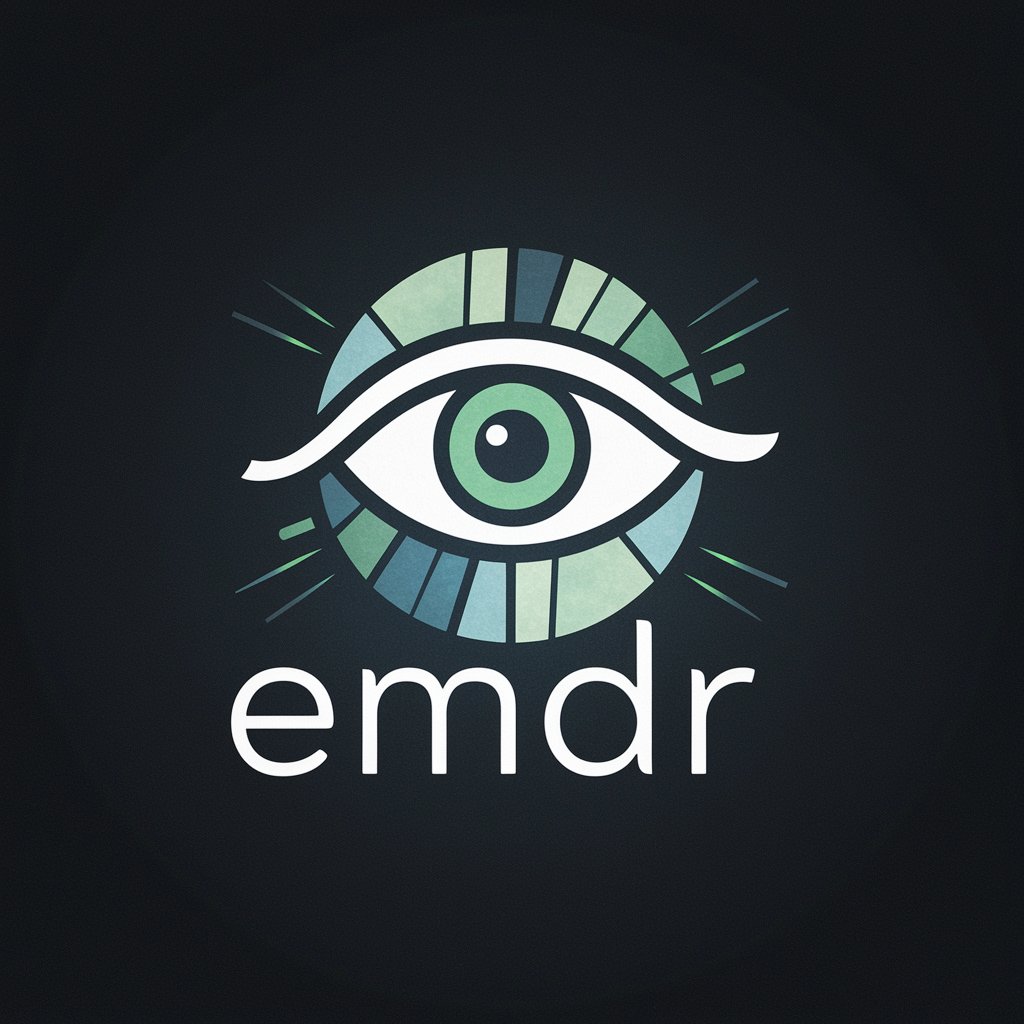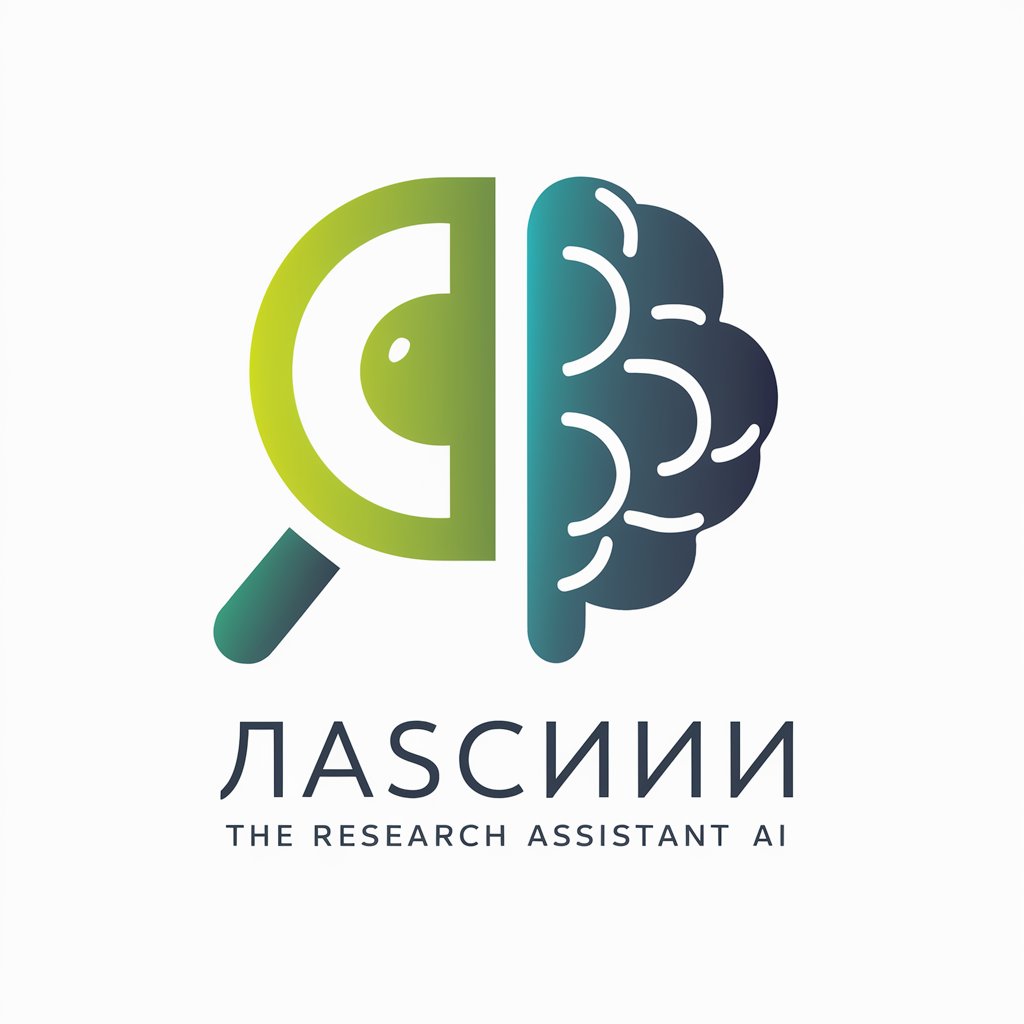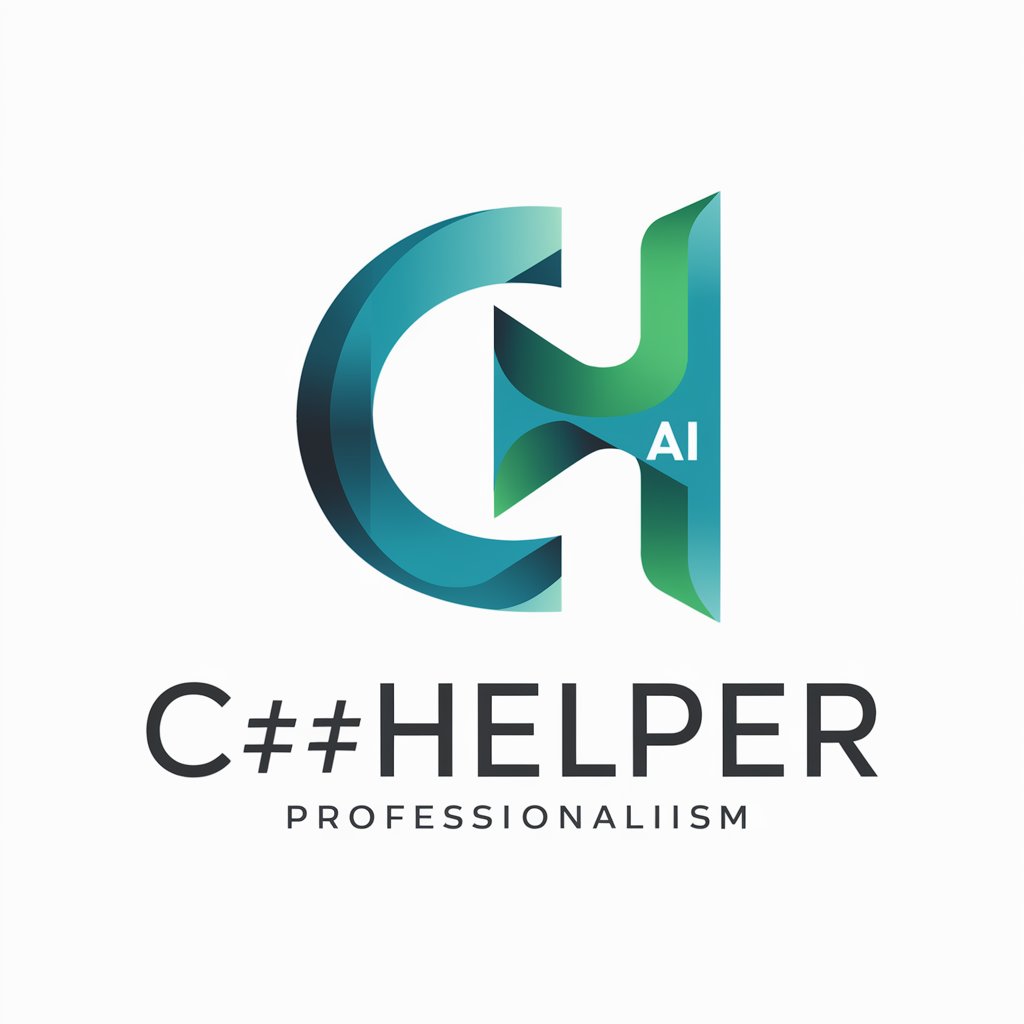EMDR - intelligent chat assistant

Welcome! How can I assist you today?
Empowering insights, powered by AI
Can you tell me more about your needs so I can assist you better?
What specific details or preferences do you have for this project?
How can I make our interaction more effective for you?
Do you have any particular requirements or goals in mind?
Get Embed Code
Introduction to EMDR
EMDR (Eye Movement Desensitization and Reprocessing) is a psychotherapy treatment originally designed to alleviate the distress associated with traumatic memories. EMDR facilitates the accessing and processing of traumatic memories and other adverse life experience to bring these to an adaptive resolution. During treatment, the patient is asked to focus on trauma-related imagery, negative thoughts, and body sensations while simultaneously engaging in eye movements or other bilateral stimulation. This process is thought to aid the brain in resolving unprocessed traumatic memories, allowing normal healing processes to resume. For example, a veteran with PTSD might use EMDR to reprocess traumatic combat memories in a safe therapeutic setting, potentially reducing the distress associated with those memories. Powered by ChatGPT-4o。

Main Functions of EMDR
Trauma Processing
Example
A person who has experienced a severe car accident uses EMDR to process the event and decrease their phobia of driving.
Scenario
Through guided eye movements and recalling specific aspects of the accident, the individual can start to desensitize their distress, making driving less fear-inducing.
Anxiety Reduction
Example
An individual with generalized anxiety disorder undergoes EMDR to help manage pervasive worries.
Scenario
The therapy focuses on distressing events that might be underlying their anxiety, using bilateral stimulation to lessen the emotional impact.
Enhancing Positive Beliefs
Example
A professional facing imposter syndrome works with EMDR to reinforce positive self-beliefs.
Scenario
By focusing on past successes and using bilateral stimulation, EMDR helps reinforce the belief that they are competent and deserving in their role.
Ideal Users of EMDR Services
Individuals with PTSD
People who have experienced traumatic events such as military combat, physical assault, or natural disasters. EMDR helps them process these traumas and reduce related symptoms like flashbacks and anxiety.
People with Anxiety Disorders
Individuals suffering from panic attacks, social anxiety, phobias, or generalized anxiety disorder can benefit from EMDR's approach to reducing the distress linked to anxiety-triggering memories or situations.
Professionals Dealing with Stress and Self-Doubt
Professionals who struggle with stress and self-doubt can use EMDR to boost self-esteem and improve coping mechanisms in high-pressure environments.

Guidelines for Using EMDR
1
Visit yeschat.ai for a free trial without login, also no need for ChatGPT Plus.
2
Familiarize yourself with the features of EMDR by reading the documentation or exploring online tutorials.
3
Identify your use case, whether it be content creation, learning, research, or casual conversation.
4
Engage with EMDR through its chat interface, providing specific prompts or questions to receive tailored responses.
5
Adjust your queries and prompts based on the feedback received, refining your interaction to best suit your goals.
Try other advanced and practical GPTs
Eddie
Unleash AI-powered possibilities

類似ジャンルリサーチのガイド
AI-powered guide for uncovering niche insights.

Innovative Product Idea Generator
Engineer Your Innovation with AI

Metropolis Paul's Navigator
AI-powered UC analytics for businesses

Public Health Scholar
Deciphering Health Data with AI

Unity3D and C# code Guru
Empowering your game development with AI

Traductor PDF Global
Effortless PDF translations powered by AI

C#Helper
Empowering your C# WPF development with AI

Scrum Mastermind
Empowering Agile Teams with AI

Real Estate Virtual Assistant - Colorado
Streamlining Colorado Real Estate with AI

Art Critic
AI-powered insights for art analysis

Basketball Analysis
Empower your game with AI-driven insights

Questions and Answers About EMDR
What makes EMDR unique compared to other AI tools?
EMDR is tailored to deliver highly detailed, user-oriented responses across various domains, providing a more comprehensive experience compared to other generic AI tools.
How does EMDR handle privacy and security?
EMDR prioritizes user privacy, ensuring that interactions remain confidential, with no data stored or shared unless explicitly allowed by the user.
Can EMDR help with academic research?
Yes, EMDR can provide insights, summarize articles, and offer suggestions based on academic prompts, making it an excellent companion for research purposes.
Is EMDR suitable for beginners in AI?
Absolutely. EMDR is designed to be intuitive and user-friendly, catering to both beginners and experienced users in AI.
What platforms support EMDR?
EMDR is accessible via web browsers, allowing for seamless use across different devices without the need for additional installations.
